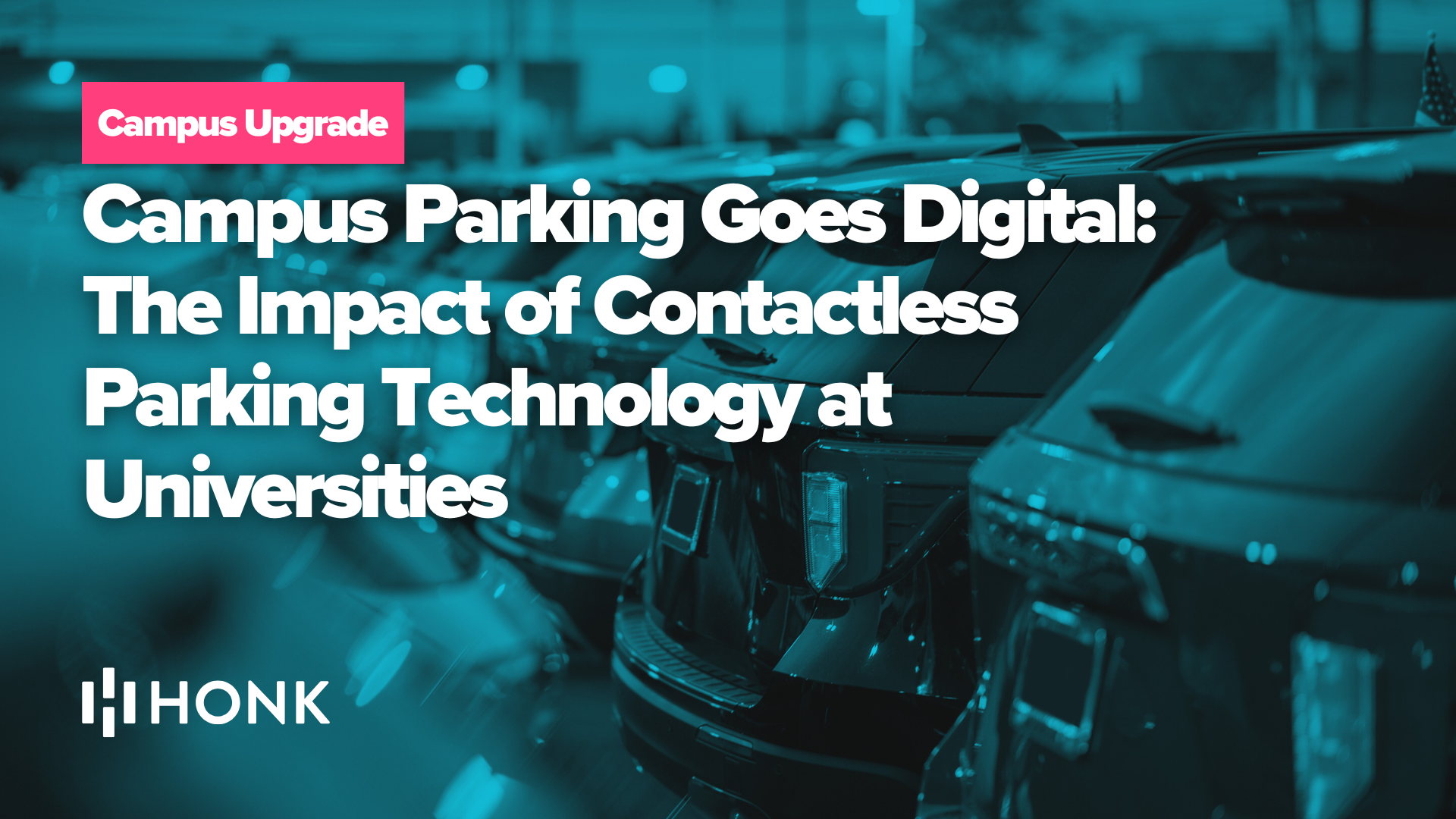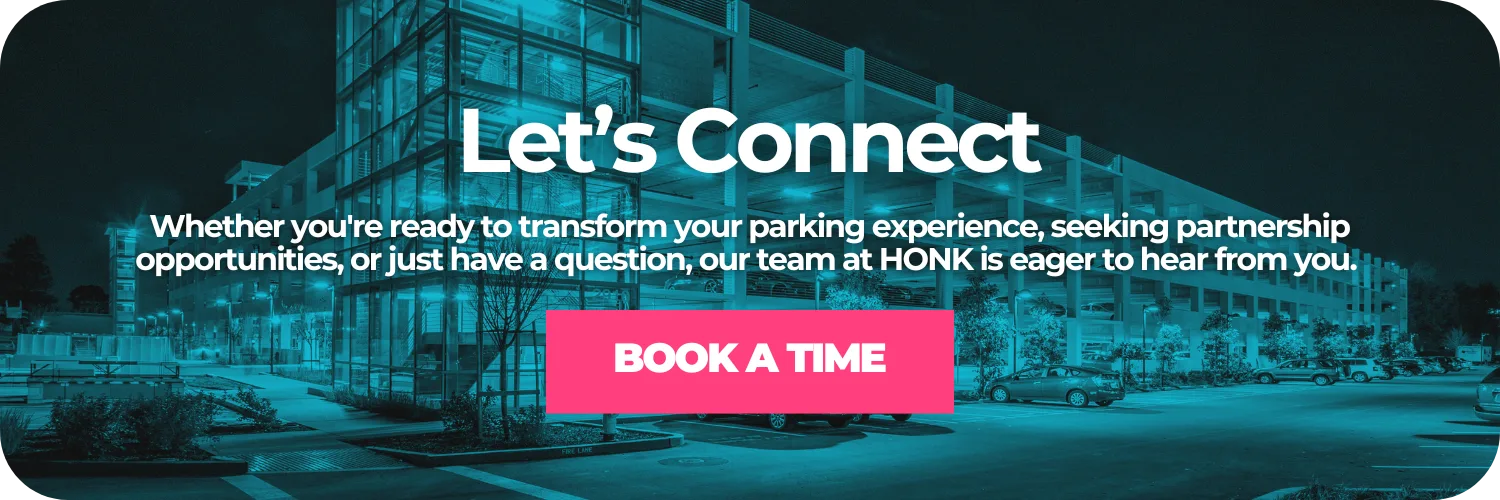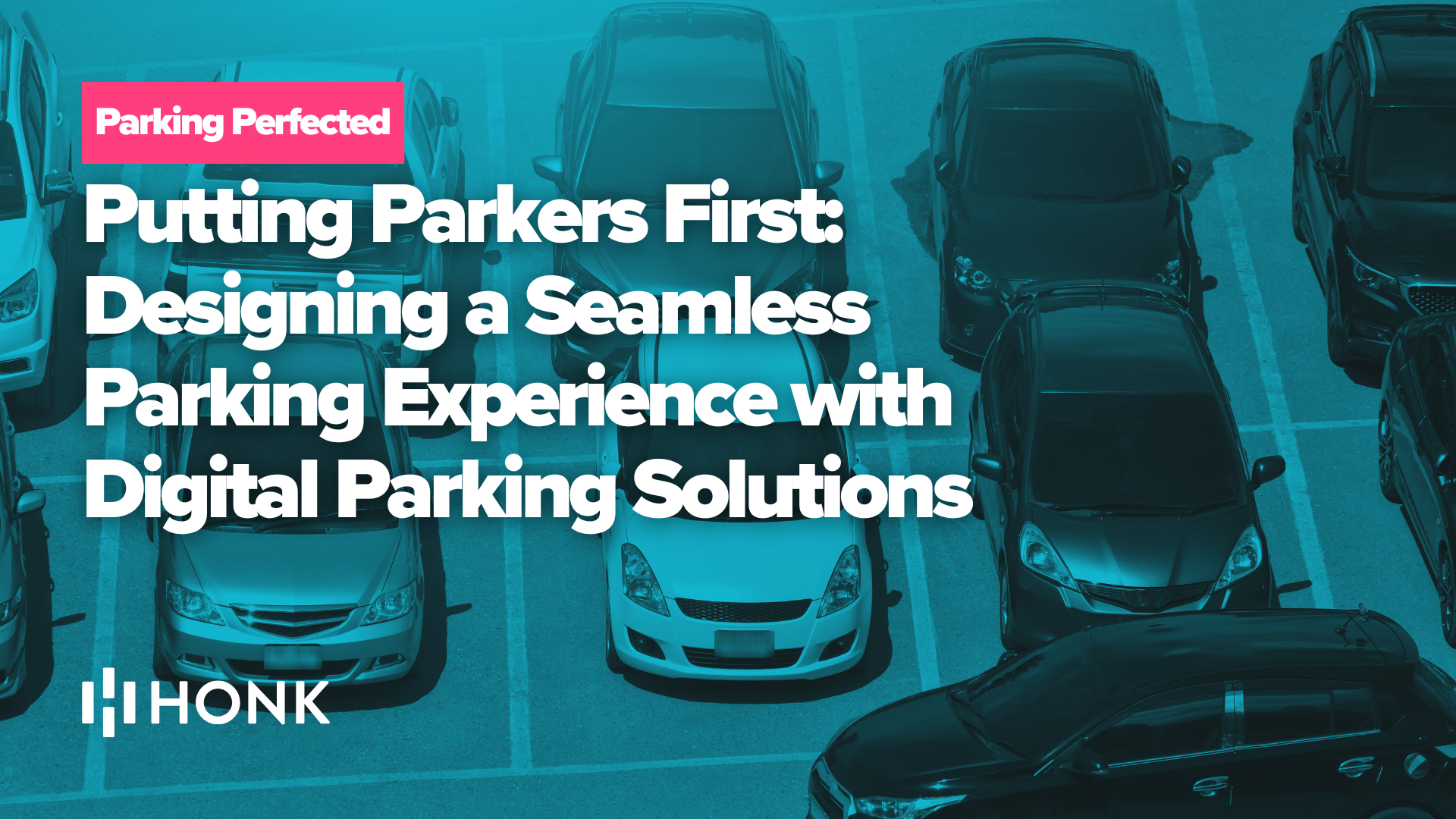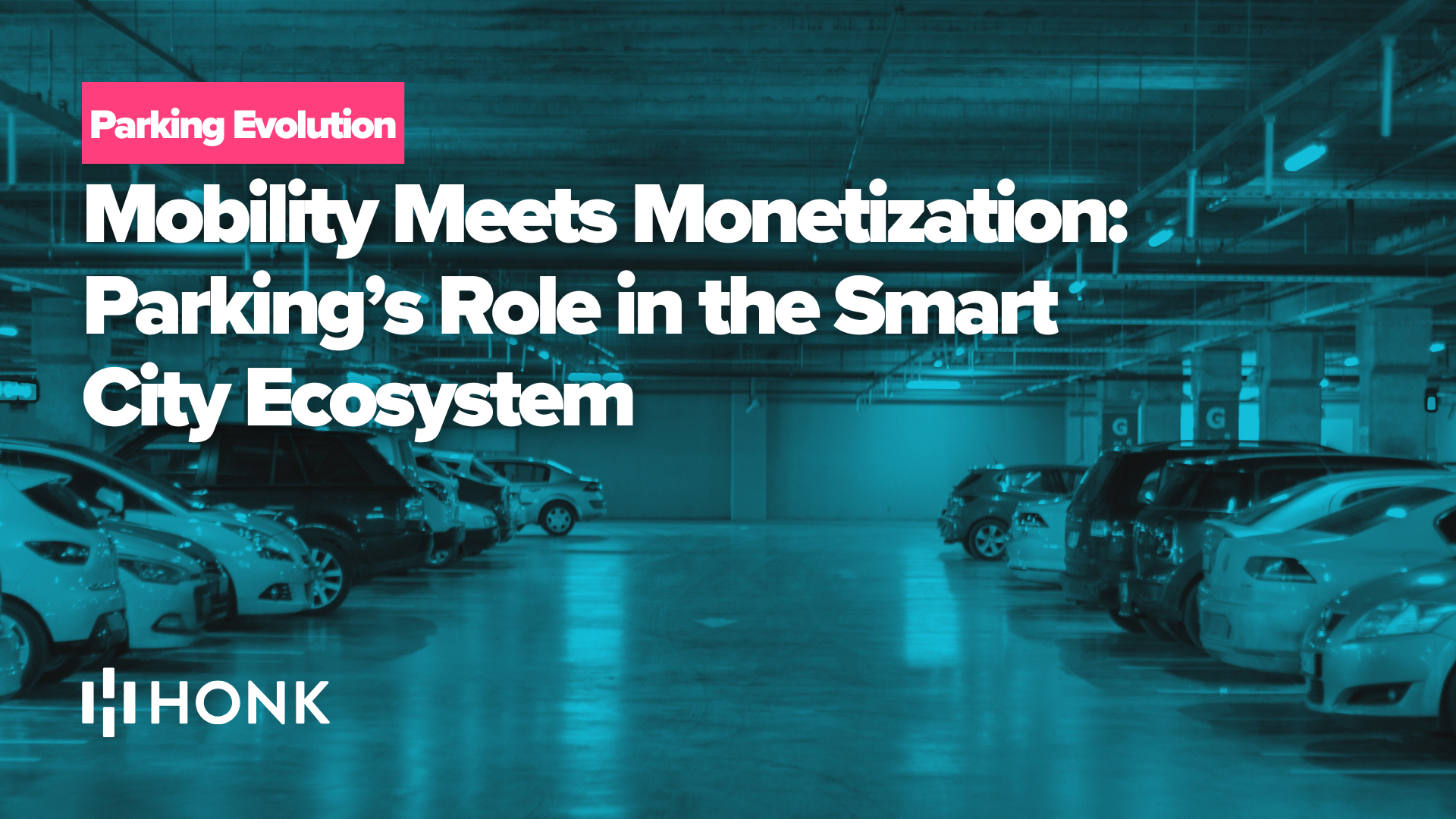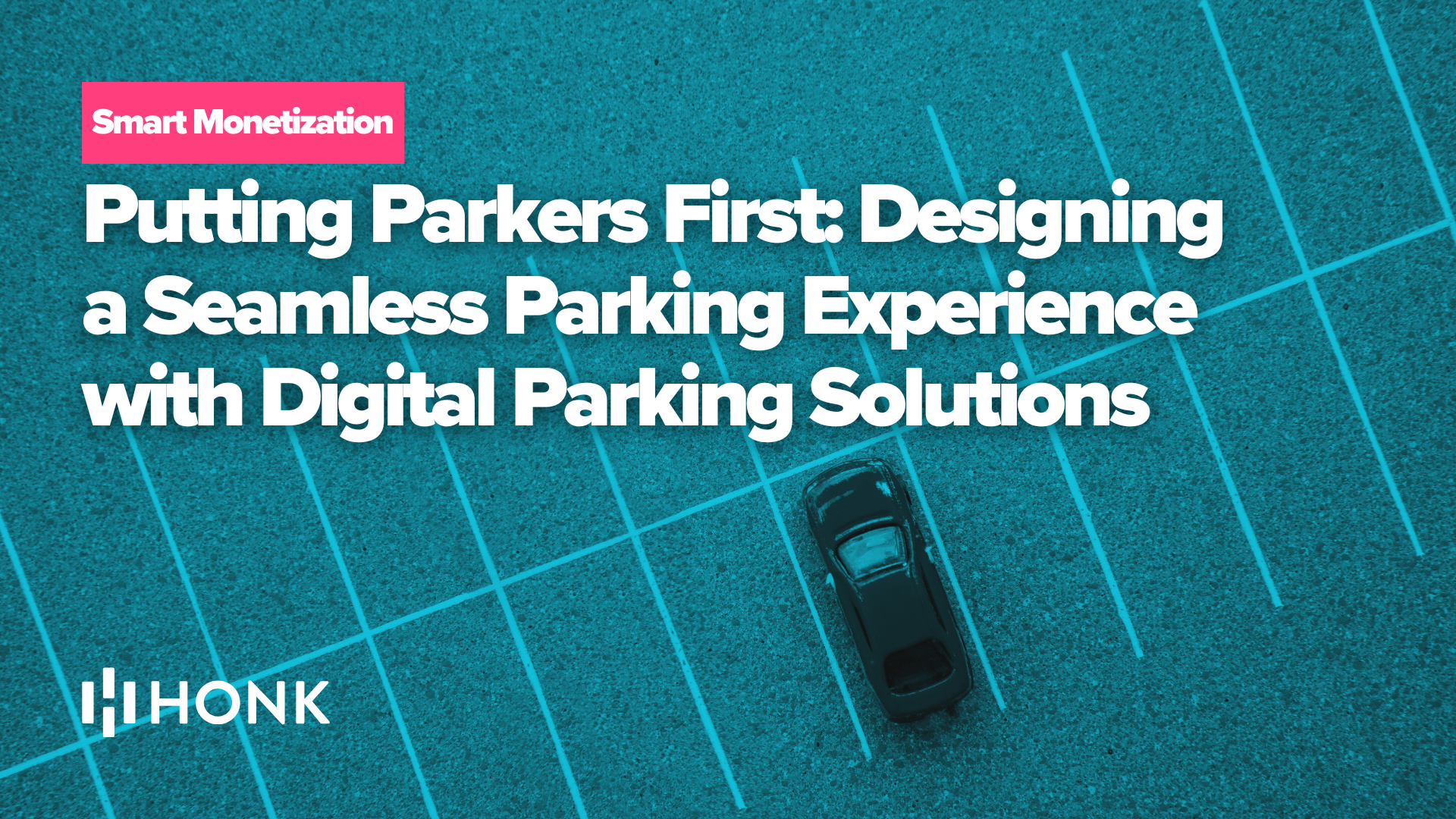University parking operations are undergoing a digital transformation. Gone are the days of scrambling for coins, paper permits, and long lines at the campus parking office. Forward-thinking universities are embracing contactless parking technology – from Honk’s Mobile Parking App to cloud-based management – to streamline operations and elevate the parking experience for students, faculty, and visitors. The momentum is undeniable: parking operators that modernize their payment systems have seen a 15–20% increase in daily transactions after going digital, and the global smart parking market is projected to grow from $8.5 billion in 2023 to $48.3 billion by 2033. This post explores how campus parking is going digital, the pain points it solves, and the real-world benefits seen at universities leveraging Honk’s platform for contactless, cloud-connected parking.
Traditional Campus Parking Challenges
For decades, campus parking systems have been burdened by legacy processes and infrastructure. These traditional pain points include:
- High Overhead & Outdated Infrastructure: Maintaining coin-fed meters, ticket dispensers, and pay-and-display kiosks is expensive and labor-intensive. Universities must allocate a budget for hardware installation, electricity, repairs, and eventual replacements. Handling cash adds hidden costs – studies show managing physical cash can consume around 9.1% of the collected revenue in operational overhead. These dollars are essentially lost due to an inefficient system.
- Inefficient Enforcement: With paper permits and coin meters, campus parking enforcement can be hit-or-miss. Officers have to manually patrol lots, check decals or dashboards, and write tickets by hand. Limited data means universities often have blind spots – it’s hard to know which hours are busiest or where violations commonly occur. This can lead to missed violations (lost revenue) or lots going over capacity without anyone realizing. Enforcement inefficiencies frustrate everyone: drivers may feel rules aren’t applied fairly, while staff waste time on tedious checks.
- Poor User Experience: Perhaps most noticeably, campus parking has long been a source of frustration. Think of students waiting in line for a permit at semester start, or visitors circling the lot searching for a pay station. No one enjoys sprinting across campus to feed a meter or finding a ticket on the windshield because they misread an outdated sign. The old system often meant inconvenience at every turn – from “parking permit runs” to keeping rolls of quarters on hand. This hassle not only stresses drivers but also reflects poorly on the university’s overall campus experience.
These challenges have real consequences: higher operational costs for universities, lost revenue from leakage or non-compliance, and unhappy parkers. In an era where institutions are expected to do more with less (and keep campus communities happy), the status quo of analog parking simply doesn’t make the grade.
The Rise of Contactless, Mobile-First Parking on Campus
Enter contactless parking technology – the new standard for modern campuses. Today’s students and visitors are digital natives who expect speed and convenience in every transaction, parking included. Mobile-first, touch-free parking solutions meet this expectation by turning smartphones into parking meters and permits.
Why the shift to contactless? First, it’s incredibly convenient. With a mobile parking app or simple QR code parking payment, a driver can pay for parking in seconds using a phone – no more digging for change or waiting at a kiosk. A vast majority of drivers (around 80%) now say they prefer digital payment options for parking, and 74% of consumers prefer contactless payments because they’re faster and more convenient. During the COVID-19 pandemic, the push for contactless parking became even more urgent – 46% of people surveyed said touchless payments were one of the most important safety measures businesses could offer. Health concerns accelerated adoption of app-based and tap-to-pay systems on campuses, and those habits have stuck.
Multiple ways to pay lead to better compliance. HONK’s platform enables payments via a dedicated mobile app, web portal, QR code scans, text-to-pay, and even integrations with digital wallets. By removing payment barriers, universities capture more parkers, leading to higher parking compliance and fewer violations. Making parking effortless encourages more individuals to pay, directly boosting campus parking revenue and increasing customer satisfaction.
The advantages for parkers are significant. Contactless parking streamlines the entire transaction: find a spot, pay via phone, get a digital receipt and even a reminder before time expires – all without leaving your seat. Mobile systems allow parkers to extend their session remotely, a level of convenience increasingly expected by today’s parkers. Universities that deliver on these expectations report customer satisfaction rates ~30% higher than those using old methods, fostering goodwill towards the university.
Streamlining Operations with Cloud-Based Parking Management
Digital parking transforms back-end operations by moving to a cloud-based parking management platform, automating tasks like cash handling and permit management. Payments go directly into an online system, eliminating the need to empty meters or manually log transactions, saving time and improving accuracy. Parking staff can be redeployed to higher-value tasks, and many universities operate with fewer on-site attendants.
A cloud-based system provides real-time visibility and control, allowing administrators to monitor occupancy and revenue from anywhere. Issues like jammed meters are identified and resolved quicker with digital payment alerts and remote monitoring. Shifting to cloud software also eliminates costly IT maintenance for the university, as updates and security are handled by the provider. The platform scales easily to the campus’s needs without major infrastructure investments.
Real-Time Analytics for Parking Revenue Optimization
Digital parking generates vast amounts of data, which, with the right tools, can optimize parking revenue and occupancy. Modern platforms provide real-time parking analytics at your fingertips, showing live occupancy, revenue, and usage patterns. This enables data-driven decision-making for parking revenue management.
Universities can implement dynamic pricing, adjusting rates based on demand to maximize occupancy and satisfaction. Analytics also aid in resource allocation, ensuring enforcement and staff support align with peak hours and trouble spots. Usage data leads to better occupancy management, allowing for optimized permit overselling based on actual usage patterns. This data-driven approach allows for continuous refinement of parking strategies, maximizing revenue and efficient use of campus parking assets.
Parking Access and Enforcement with License Plate Recognition (LPR)
Automatic License Plate Recognition (LPR) revolutionizes campus parking enforcement and access control. LPR eliminates the need for physical permits or gate arms, as the license plate becomes the permit. Enforcement officers can quickly verify authorized vehicles, and payment integration ensures accurate compliance checks.
Benefits include streamlined enforcement, fewer errors, and greater fairness. Automated plate verification reduces mistaken ticketing and deters misuse. LPR can even enable automated enforcement. For drivers, LPR offers a frictionless experience with potential for gateless parking. The data also provides universities with insights into visitor patterns and lot turnover, contributing to a smarter campus.
Seamless Integration with Campus Systems
A digital parking platform should integrate smoothly with a university’s existing IT ecosystem. HONK’s flexibility allows connection with student and faculty databases for permit verification and management. Integration extends to payment systems and campus IDs, allowing for seamless payment options. Citation management and appeals processes can also be integrated, creating a unified system. Furthermore, digital parking platforms can integrate with event management systems, offering features like promo codes and pre-booking. This ensures the parking solution is tailored to the campus’s unique needs.
Maximizing Revenue and Cutting Costs for Universities
Going digital directly advances financial and operational goals. Increased parking payment compliance and dynamic pricing strategies boost revenue, while digital payments reduce revenue leakage from lost tickets or theft. Removing physical infrastructure lowers maintenance costs, and faster fund settlement improves cash flow. Labor efficiency increases through automation, allowing for a smaller, more focused team. The ROI for digital parking technology is attractive, often paying for itself quickly through increased revenue and cost savings, transforming parking into a self-sustaining revenue center.
Happier Parkers, Safer Campuses, Stronger Reputation
Digital parking improves parker satisfaction through convenience and reduced frustration. Features like mobile payment and remote extensions lead to higher approval ratings. It also contributes to campus safety by reducing cash handling and touchpoints, and to sustainability by optimizing traffic flow. Implementing modern parking tech enhances a university’s reputation for innovation and convenience, creating a positive experience for students, faculty, and visitors.
Campus Parking Success Stories with Honk
Honk partners with universities across North America, including Lakehead University and McMaster University, to implement mobile payment systems and LPR. These institutions have experienced reduced hassle, increased revenue, and better control over parking operations. Honk’s tailored solutions address specific campus challenges, demonstrating that any campus can modernize its parking effectively.
Embrace the Digital Parking Revolution on Campus
Modernizing campus parking yields tangible improvements in efficiency, finances, and user satisfaction. Contactless, cloud-based systems align parking operations with broader institutional goals. The future of parking is digital, data-driven, and user-centric. Universities that have embraced this revolution are enjoying the rewards. Campus leaders should view digital parking as a clear win, offering benefits for the community, staff, and the university’s budget. Upgrading parking is a smart, future-proof investment.
Ready to bring your campus parking into the future? Contact us today.

